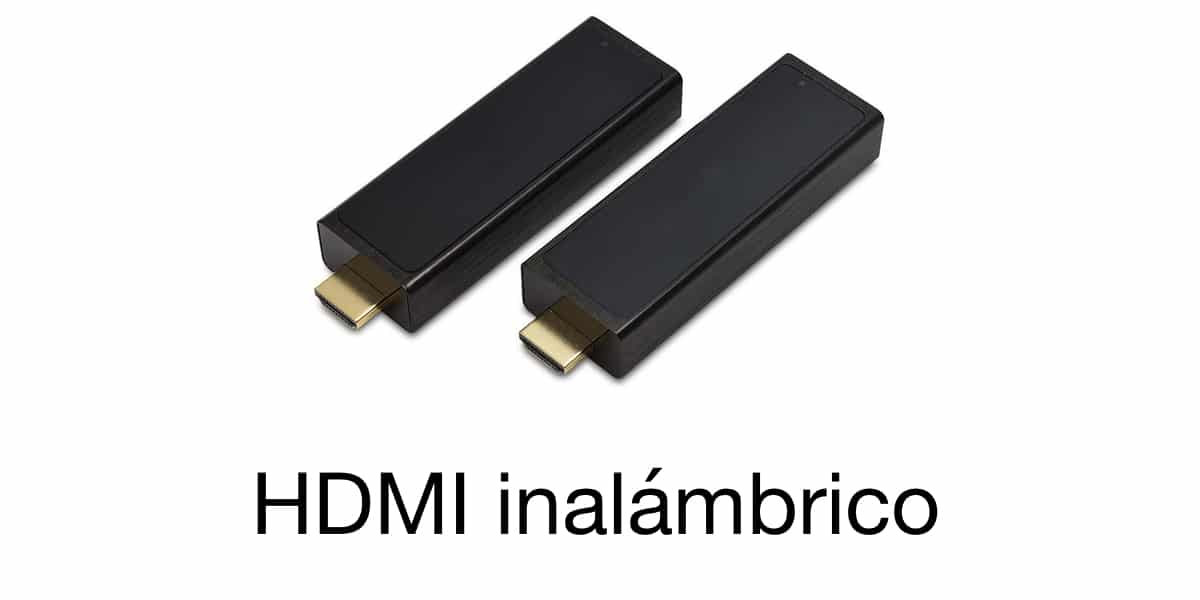
Let's start talking about HDMI, an acronym that we all are familiar with today, basically because it is the standard connection for digital video and sound with better quality. But it is still just another cable that we will have to deal with, either to try to hide it or to reach its destination. But… Why keep using cables when bluetooth or WiFi are now a standard in any home? For the quality that it treasures, far superior to any alternative video transmission method.
But not all is lost, for a few years there has been an alternative, the Wireless HDMI, something that exists but hardly anyone is aware of, combining the quality it offers us and the convenience of not having to use a cable to connect our monitor or television with the hardware. Since the biggest problem when connecting or disconnecting our console or computer to the television is dealing with that tangle of cables that seems endless, especially when the distance between the two is very large. Stay to know more about this technology and why it is not popular.
Wireless HDMI, a great unknown
There are a variety of devices that support wireless HDMI, Unlike other options such as AirPlay or Chromecast, this one does not require a WiFi connection to workTherefore, we do not depend on the coverage of the router or the proximity of the router to obtain a decent quality. The transmitter uses the 5 GHz band (considerably less saturated than the standard 2,4 GHz) the reception distance is between 10 and 30 meters, so the range is quite wide.
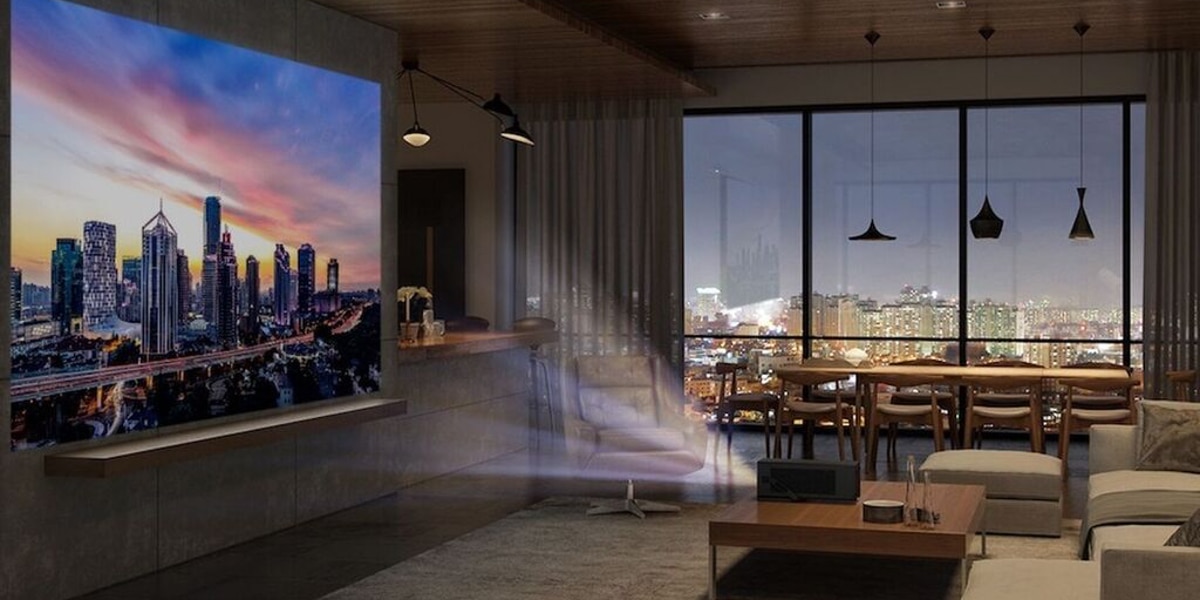
We must bear in mind that the walls that may exist between the receiver and the emitter should be added to this distance, since these would reduce the range substantially. Over the years, there have been many manufacturers that have launched products that make use of wireless HDMI operating on 60 and 190GHz, in bands without a specific license.
Not all advantages with wireless HDMI
The most important disadvantage of this technology is without a doubt the price. Although it is not the only one, since the digital signal that passes through the HDMI must be encoded, transmitted, received and decoded. What happens with the wireless method is the dreaded delay or latency between emission and reception. This is something that we will not notice to a great extent when watching movies or series, but something that will be annoying and even unbearable when playing video games.
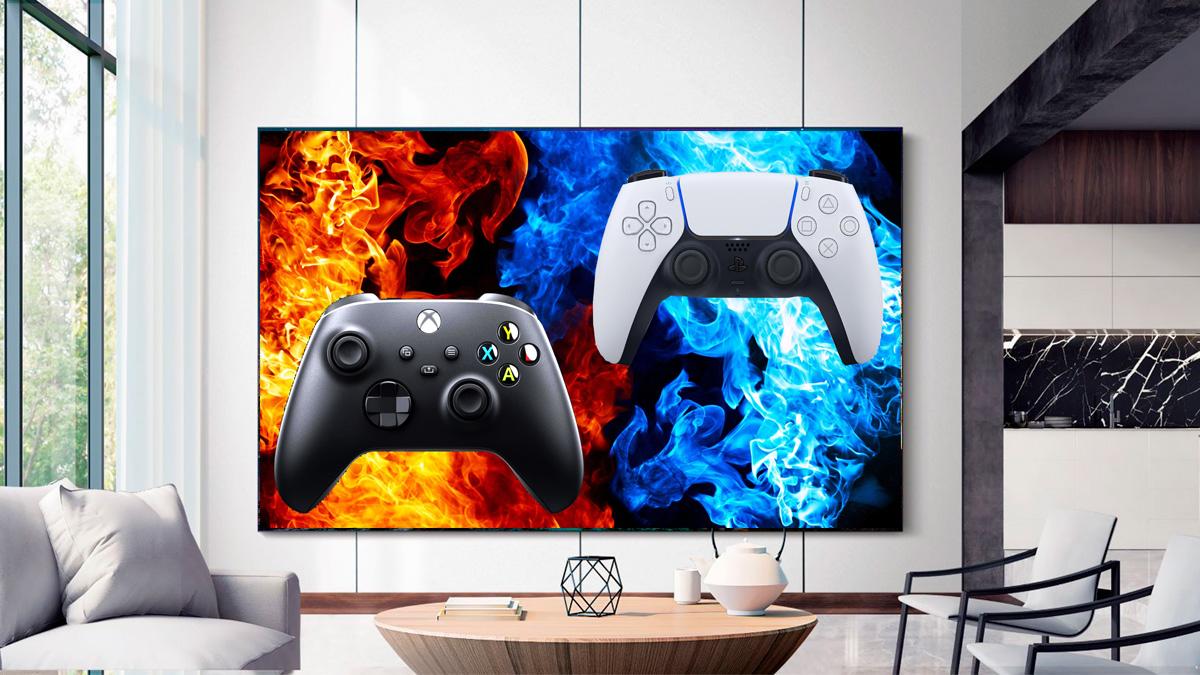
There are options that promise 0 imput lag, but this would only be possible if the distance between the emitter and the receiver is very short, no more than 5 meters and as long as there are no interference problems with other wireless devices. In this they not only affect the own appliances that we have at home, but also those that our neighbors may have. My recommendation would be to buy this type of item in stores where they accept returns, such as Amazon.
Attractive but stagnant, why?
This technology seems the most logical but it does not finish taking off, the most important reason is the lack of agreement between manufacturers to create a standard. The low sales of this type of connections have contributed to this, so they are not encouraged to invest.
Is this system really necessary and useful, or a simple wiring cutout?
In domestic use, it is not at all recommended in normal circumstances, where the devices are normally close to the television or monitor, therefore it would be advisable to use a good HDMI cable, because even with a cable the performance can be bad, if the quality is not adequate. Only in specific cases such as using a single video decoder for multiple rooms, where using wireless HDMI would make a lot of sense.
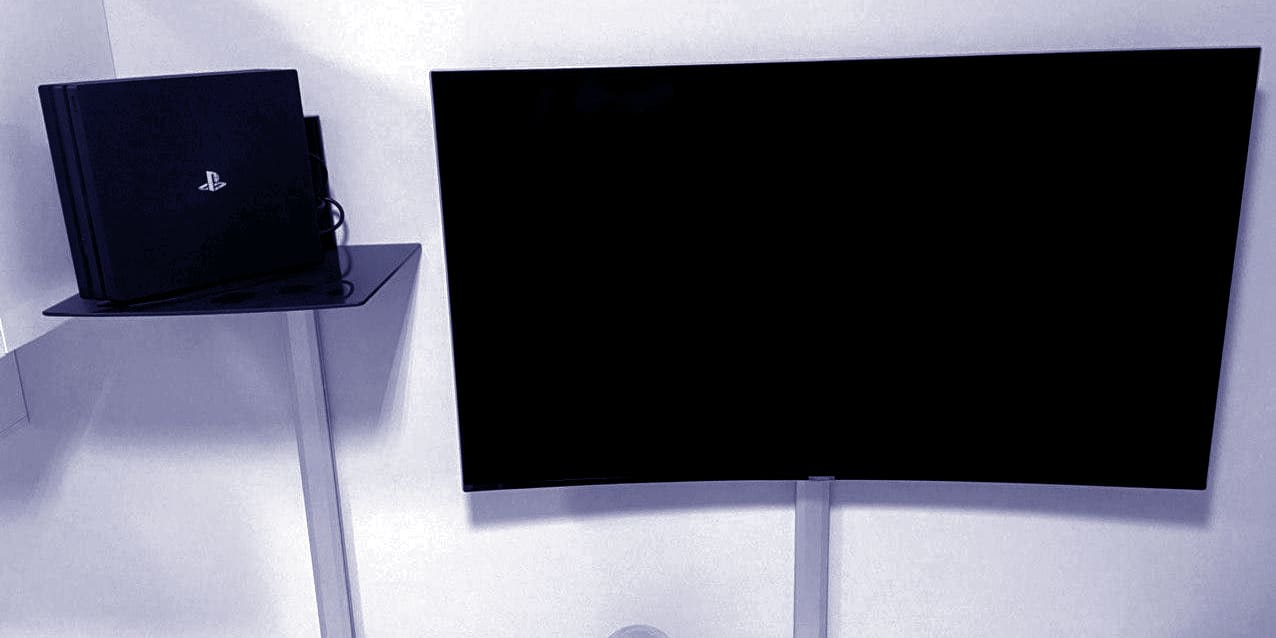
Even so, it is more advisable to make a discreet installation of the cables with regattas or gutters, because the final quality of the image will be much higher, and the price of this technology is still high. There are many ways to do a clean installation with highly concealed wiring.
Even with these drawbacks, it is something that will end up arriving, if it is not through wireless HDMI it will be with another type of connection, but the cables for this type of transmission will be totally dispensable sooner or later. Like WiFi or bluetooth, a standard that replaces the HDMI connection could soon come out. Leaving this alone and only for specific cases such as video games.
Alternatives on the market
If we look for something similar in the market, we find the WHDI. It works using the 5 GHz band and can reach 1920 x 1080 pixels resolution. So 4K resolution would be totally ruled out with this system. In addition, it tends to give many problems with the new routers that use the 5 GHz band to provide coverage for high-speed WiFi Ac.
There are other solutions such as WiGig that would work to resolutions 4K or Wireless HD that would overcome the limitations discussed above. But the products that use these technologies are almost non-existent and the few that we can find have a high cost.
Traditional HDMI does not stop evolving but it has a tough competitor
While wireless HDMI has stagnated to the point of being somewhat residual, the traditional cable does not stop evolving, offering increasingly better refresh rates along with increasingly higher resolutions, we currently find the HDMI 2.1 as the most advanced of all, so much so that televisions are not compatible.
A tough competitor has arrived and I know none other than him USB C, a standard capable of many things, including charging our devices, passing data, video or sound. Currently it is used, especially to charge our smartphones with Android, but Apple has incorporated it as standard in all its computers, reaching with its connection Thunderbolt 3 40GBps / s and the load power up to 100w.
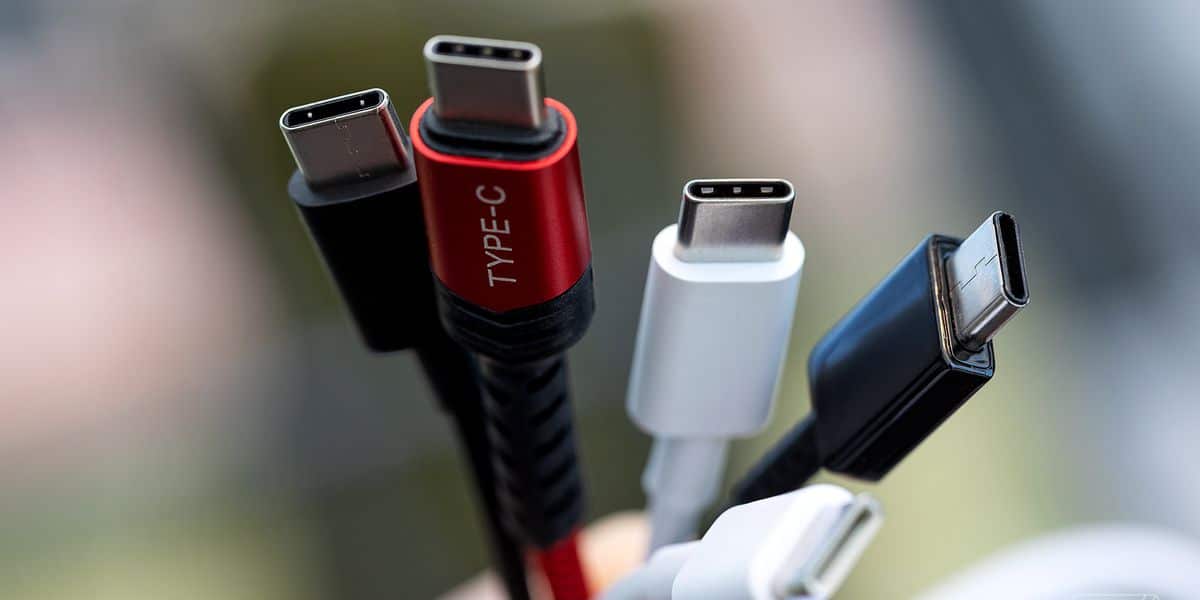
Although the trend pulls here, due to the simplicity of its connection and the lightness of the cable, it is still not the most recommended for playing, since USB-C standards will not yet support Adaptive-Sync until DP Alt mode is upgraded to version 1.4, so you won't be able to use FreeSync or G-Sync.